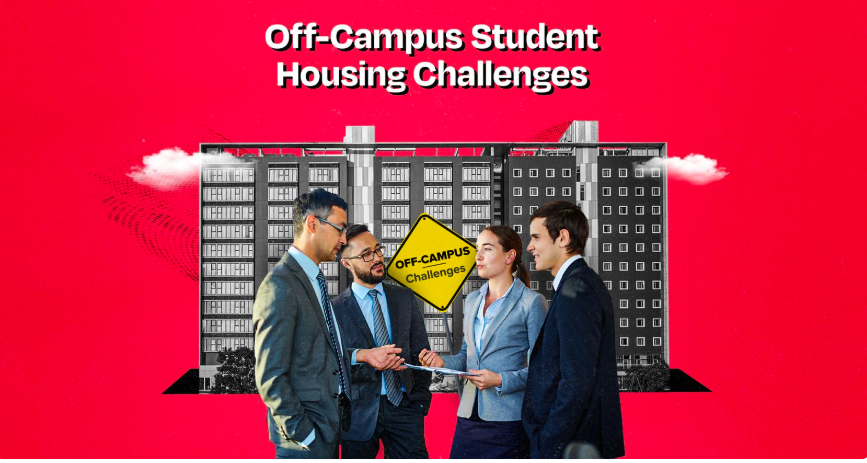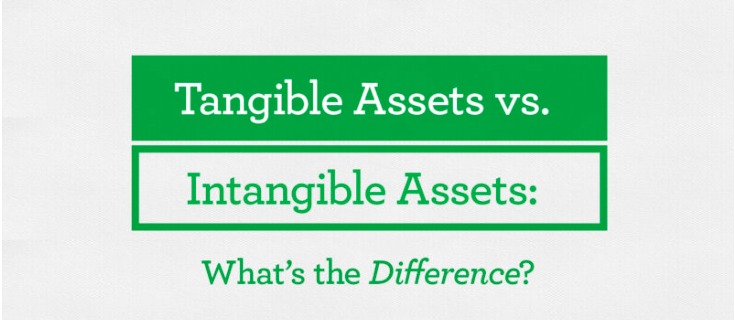
The Challenges of Managing Student Housing
Managing student housing comes with its own unique set of challenges. Unlike traditional rental properties, student housing requires a deep understanding of the needs and behaviors of student tenants, as well as the ability to navigate seasonal fluctuations and high turnover rates. Whether you’re managing a dormitory, off-campus apartments, or shared housing, here’s a comprehensive look at the challenges of managing student housing and how to address them effectively.
1. High Tenant Turnover
Why It’s a Challenge: Students typically rent for short periods (e.g., academic year or semester), leading to frequent vacancies and turnover.
How to Address It:
Offer flexible lease terms (e.g., 9–12 months) to align with the academic calendar.
Start marketing early to attract tenants before the school year begins.
Build relationships with local universities to tap into their housing referral programs.
2. Seasonal Demand
Why It’s a Challenge: Demand for student housing peaks at the start of the academic year and drops during summer breaks, leading to potential vacancies.
How to Address It:
Provide incentives for students to renew leases early.
3. Property Damage and Wear-and-Tear
Why It’s a Challenge: Student tenants may not have prior renting experience, leading to accidental damage or neglect of the property.
How to Address It:
Conduct thorough tenant screenings to identify responsible renters.
Include clear maintenance responsibilities in the lease agreement.
Schedule regular inspections to address issues before they escalate.
Charge a security deposit to cover potential damages.
4. Noise and Behavioral Issues
Why It’s a Challenge: Student housing often involves shared living spaces, which can lead to noise complaints and conflicts.
How to Address It:
Set clear rules in the lease agreement regarding noise levels and quiet hours.
Provide a system for tenants to report issues anonymously.
Address complaints promptly and enforce rules consistently.
Consider soundproofing measures for shared walls and floors.
5. Parental Involvement
Why It’s a Challenge: Parents of student tenants may be heavily involved in the rental process, leading to additional communication and expectations.
How to Address It:
Be transparent and professional in all communications with parents.
Provide detailed information about the property, lease terms, and safety measures.
Set boundaries by encouraging students to take responsibility for their housing arrangements.
6. Maintenance and Repairs
Why It’s a Challenge: High occupancy and frequent turnover can lead to increased wear-and-tear and maintenance requests.
How to Address It:
Create a preventative maintenance schedule to address issues proactively.
Hire reliable contractors who can respond quickly to repair requests.
Educate tenants on basic maintenance tasks (e.g., changing light bulbs, unclogging drains).
7. Lease Enforcement
Why It’s a Challenge: Students may not fully understand lease terms or take them seriously, leading to violations.
How to Address It:
Provide a clear, easy-to-understand lease agreement.
Conduct a lease orientation session to explain key terms and responsibilities.
Enforce lease terms consistently and fairly.
8. Safety and Security Concerns
Why It’s a Challenge: Student housing can be a target for theft, vandalism, or other security issues.
How to Address It:
Install security features like cameras, alarms, and secure entry systems.
Provide adequate lighting in common areas and parking lots.
Educate tenants on safety practices (e.g., locking doors, not sharing keys).
9. Marketing and Competition
Why It’s a Challenge: The student housing market is often competitive, with many options available to students.
How to Address It:
Highlight unique features of your property (e.g., proximity to campus, modern amenities).
Use social media and online platforms to reach student tenants.
Offer incentives like discounted rent or free Wi-Fi to attract tenants.
10. Financial Management
Why It’s a Challenge: Managing rent collection, security deposits, and expenses for multiple student tenants can be complex.
How to Address It:
Use property management software to streamline rent collection and financial tracking.
Set up online payment options for convenience.
Keep detailed records of all financial transactions.
11. Building a Community
Why It’s a Challenge: Students often seek a sense of community, which can be difficult to foster in rental housing.
How to Address It:
Organize social events or activities for tenants (e.g., game nights, study groups).
Create common areas where students can gather and interact.
Encourage feedback and suggestions from tenants to improve the living experience.
12. Legal and Compliance Issues
Why It’s a Challenge: Student housing must comply with local housing laws, safety codes, and university regulations.
How to Address It:
Stay informed about local and state housing laws.
Conduct regular inspections to ensure compliance with safety codes.
Work closely with universities to meet their housing standards.
Final Thoughts
Managing student housing can be challenging, but with the right strategies, it can also be highly rewarding. By understanding the unique needs of student tenants and addressing common issues proactively, you can create a positive living environment that attracts and retains tenants.
Remember, the key to success is balancing professionalism with flexibility and fostering a sense of community among your tenants. With the right approach, you can turn the challenges of student housing into opportunities for growth and profitability.

 March 19, 2025
March 19, 2025



